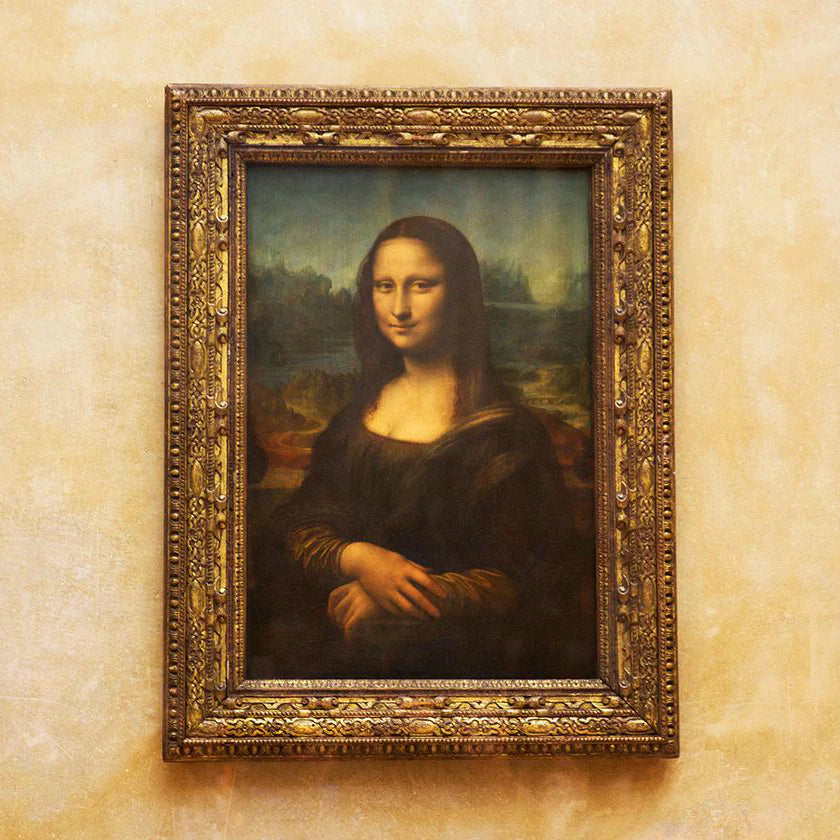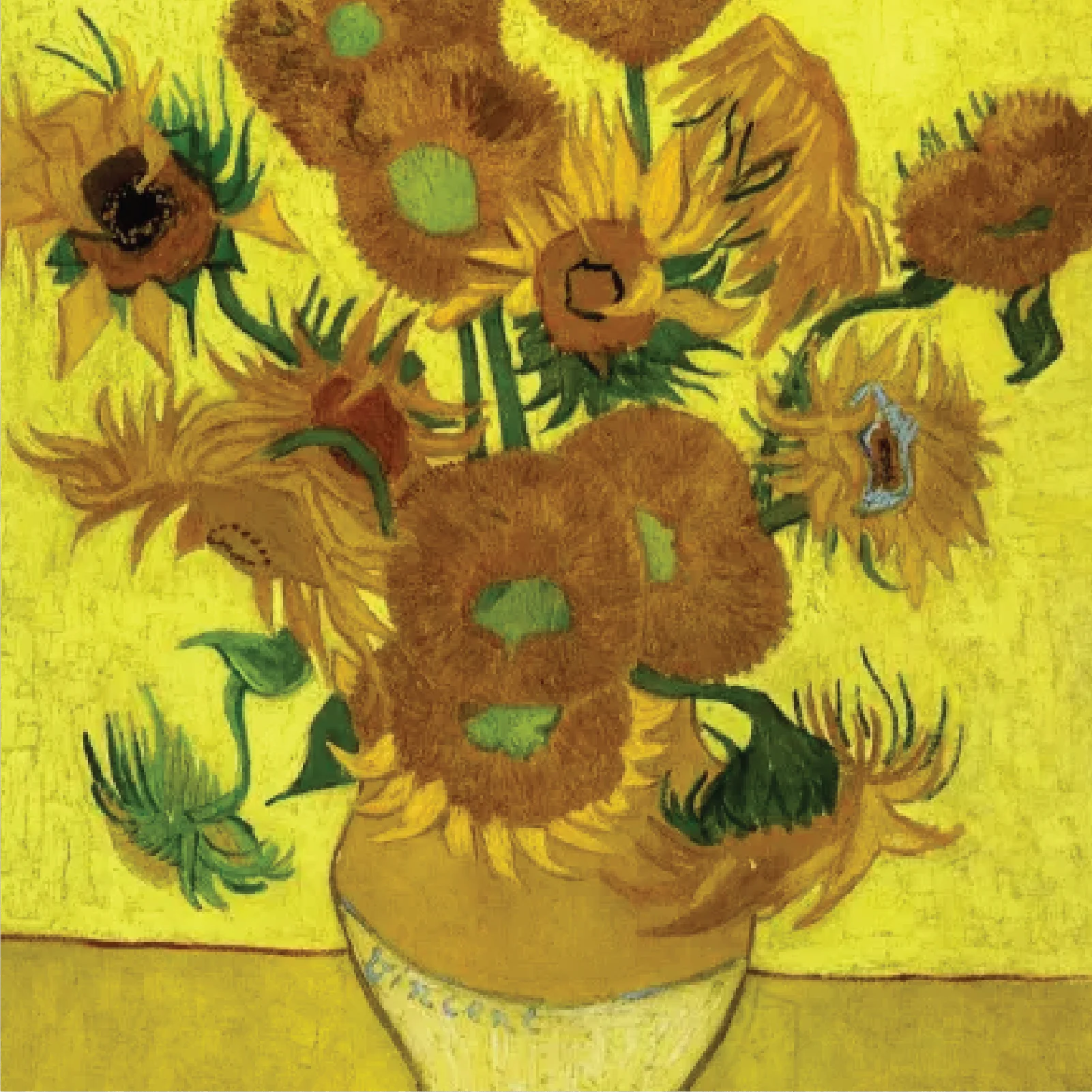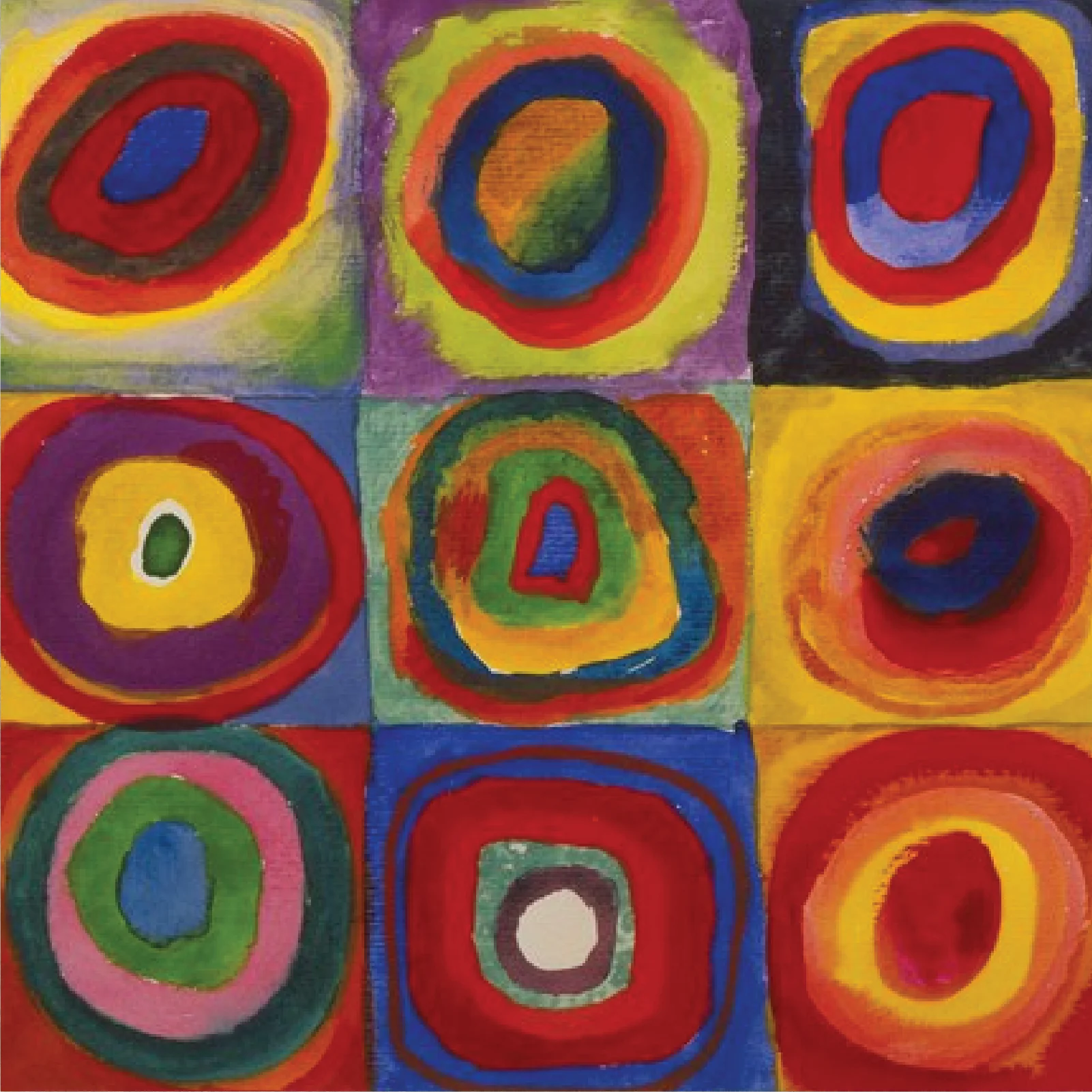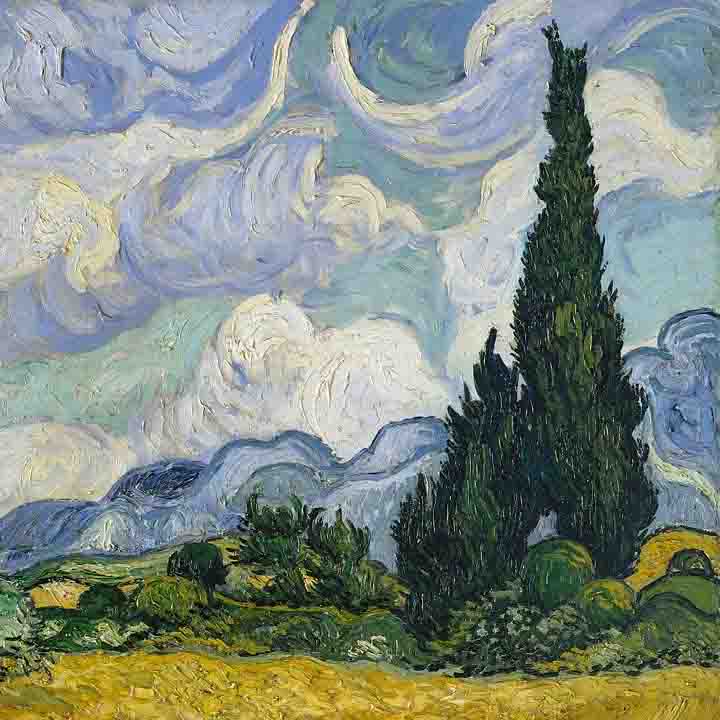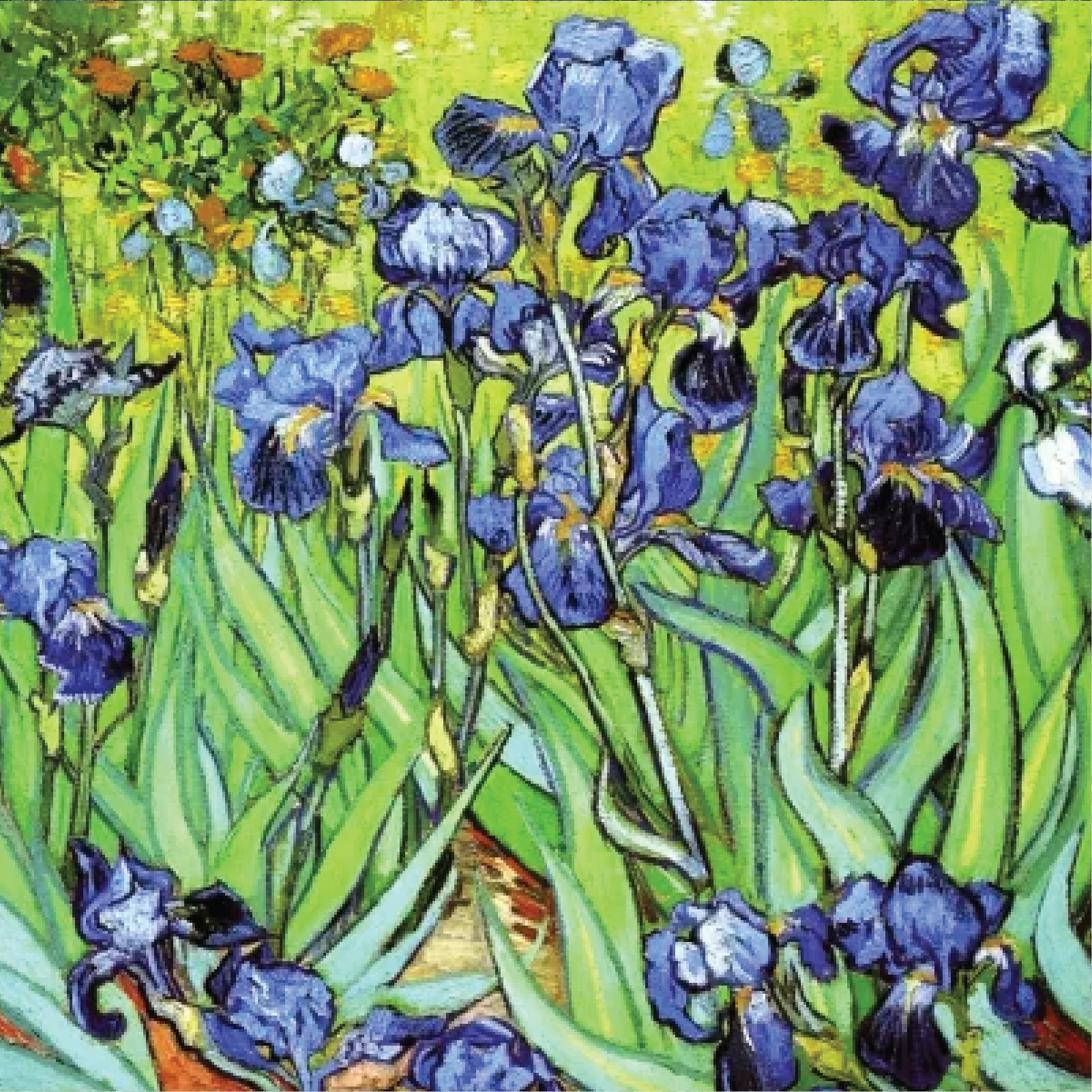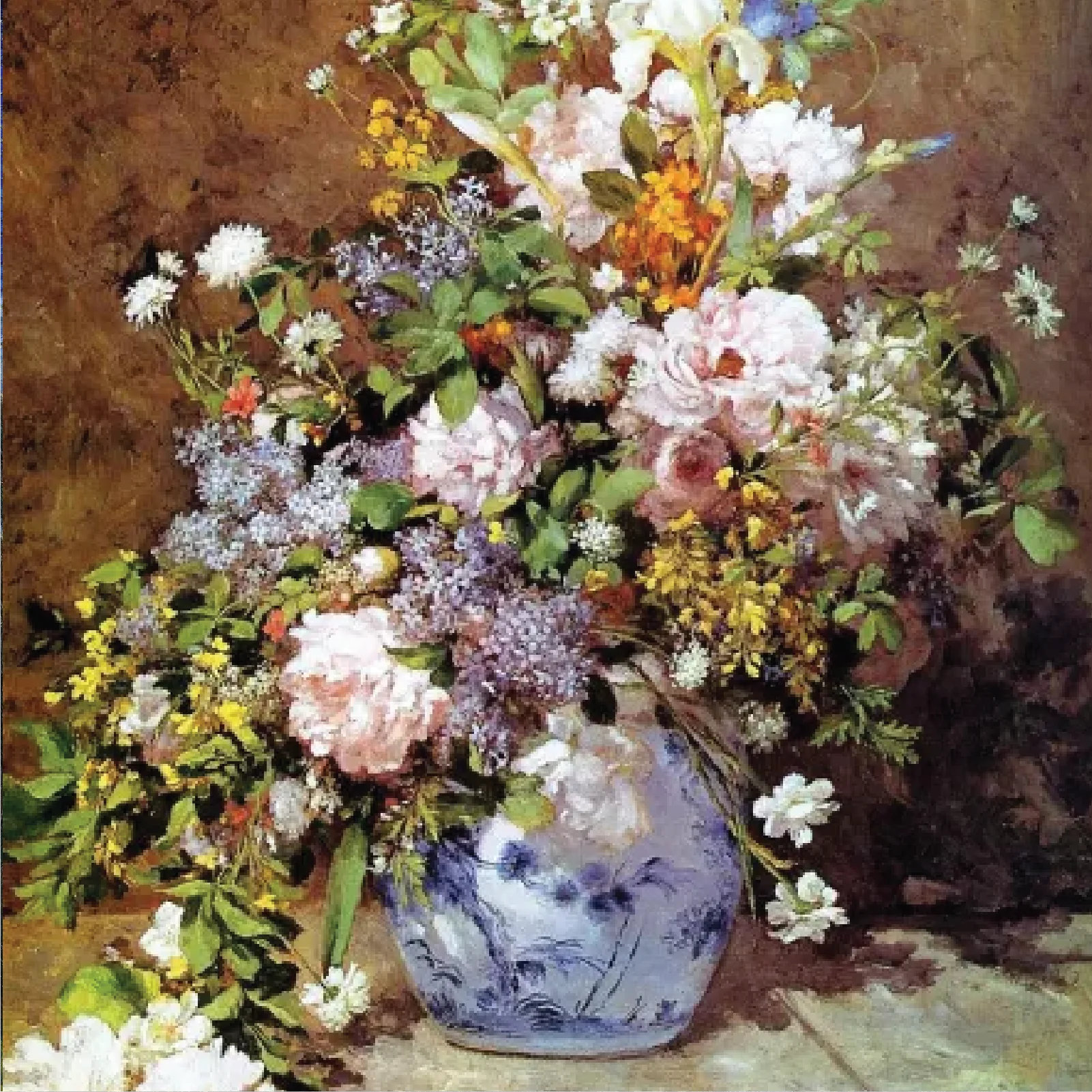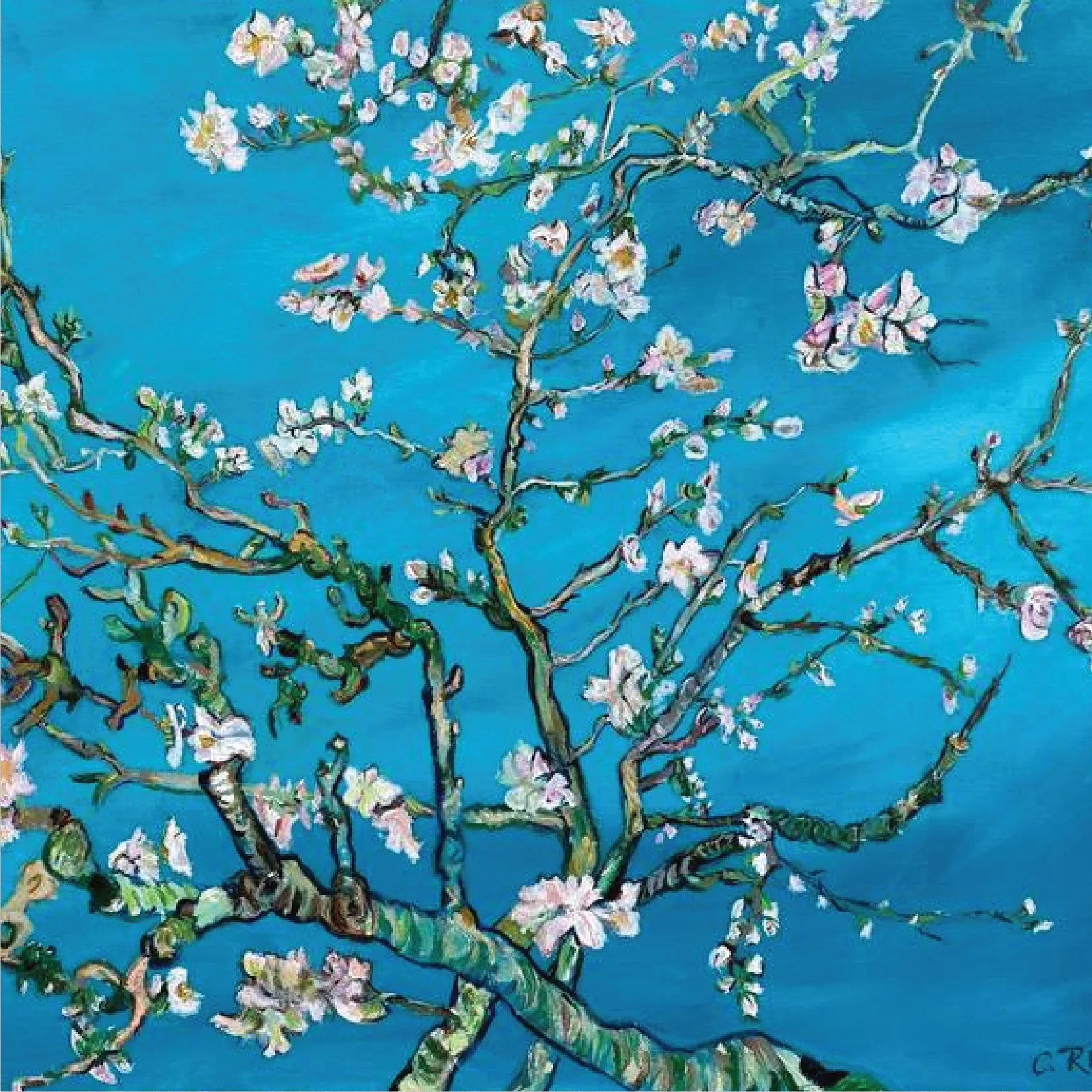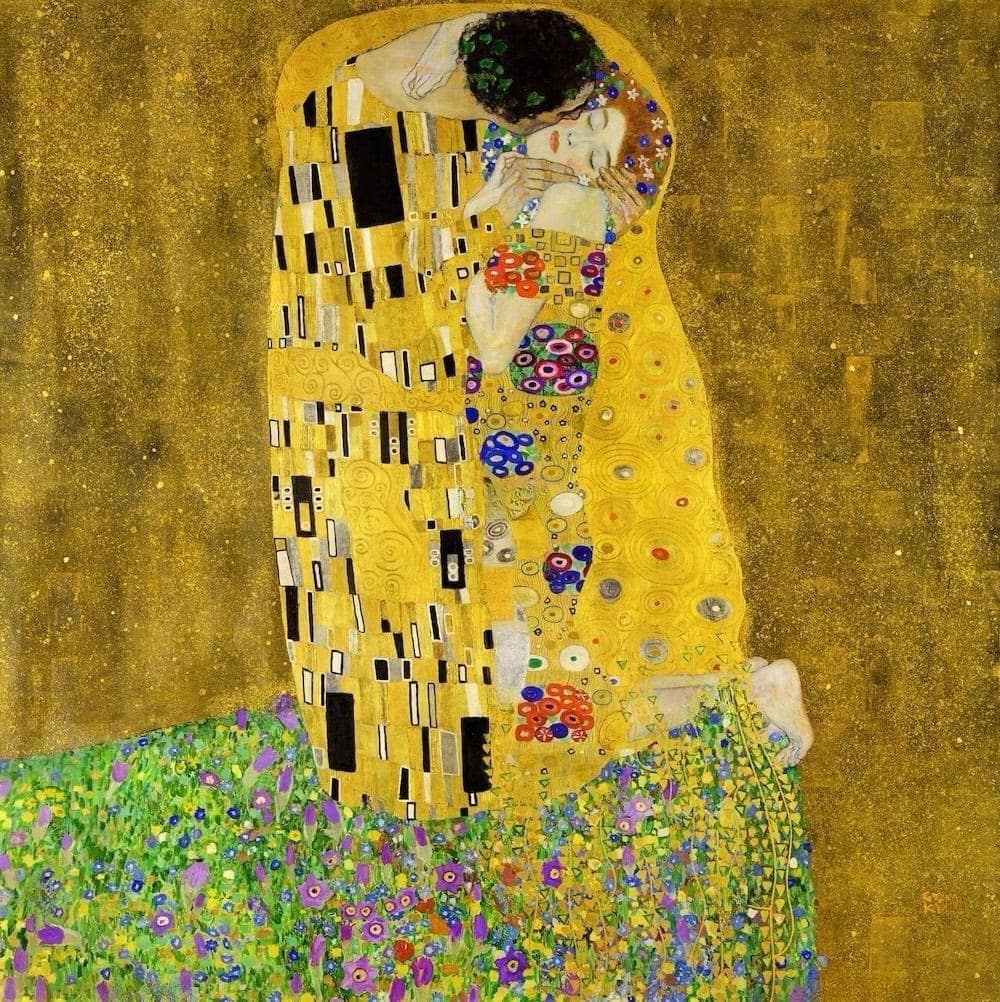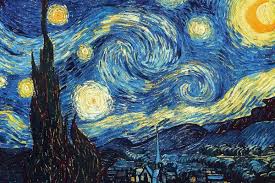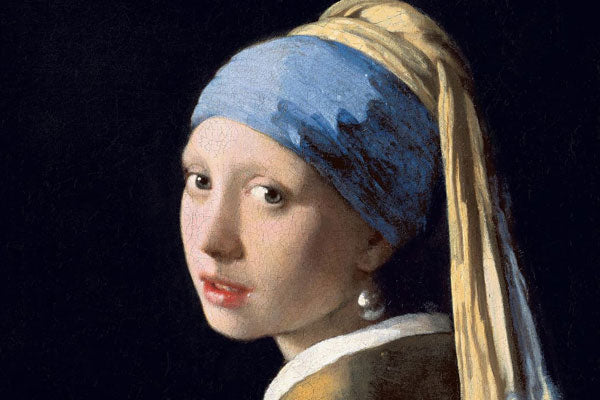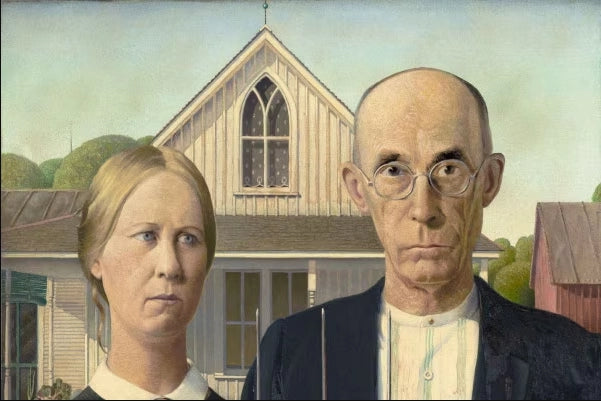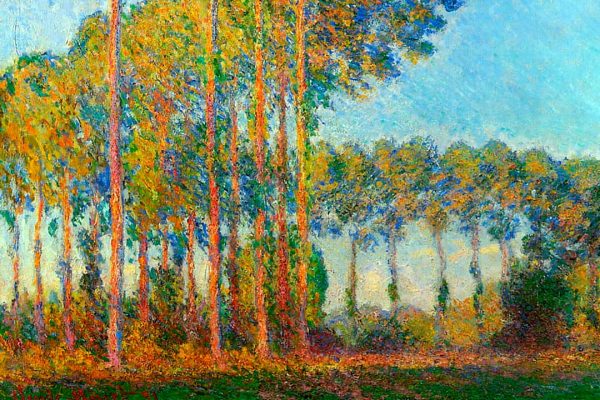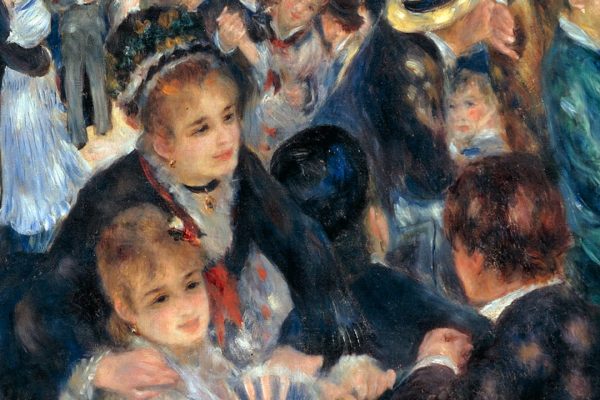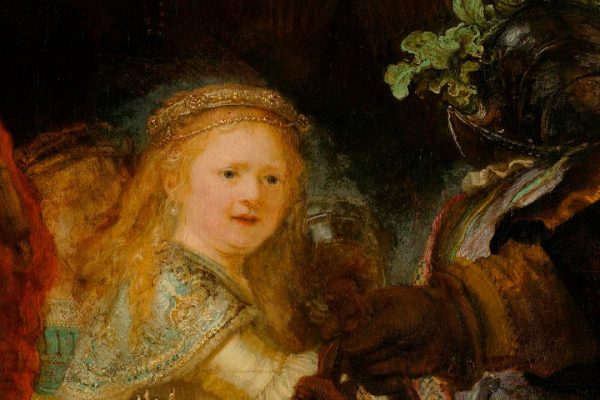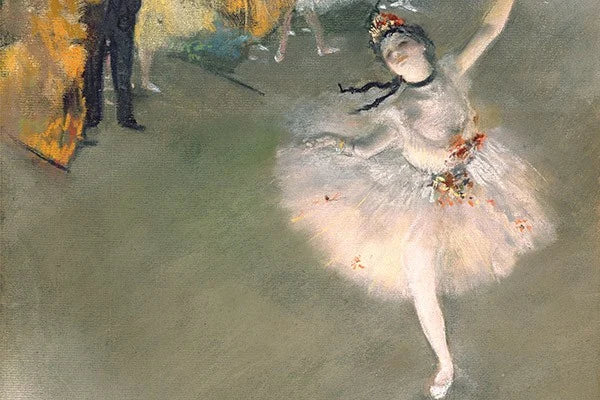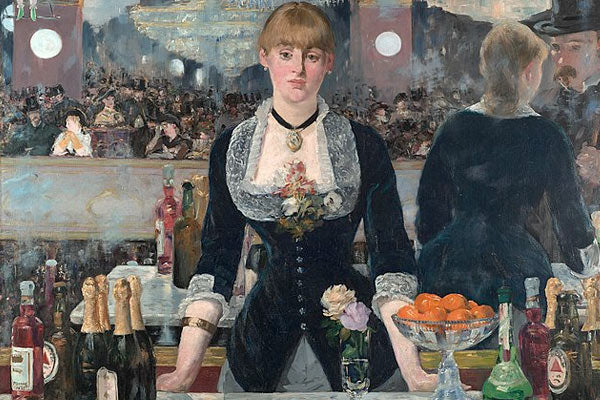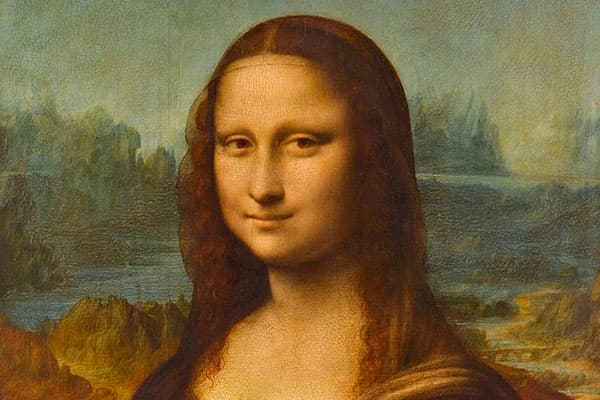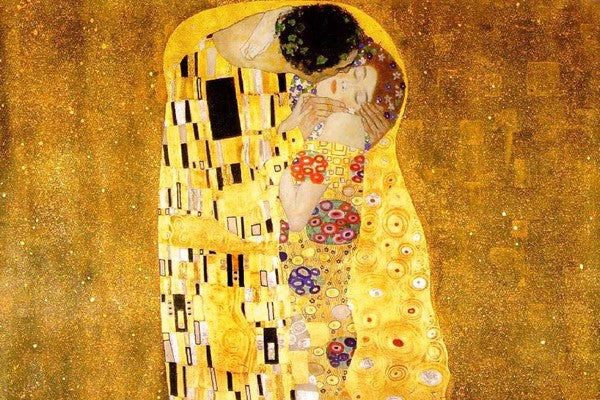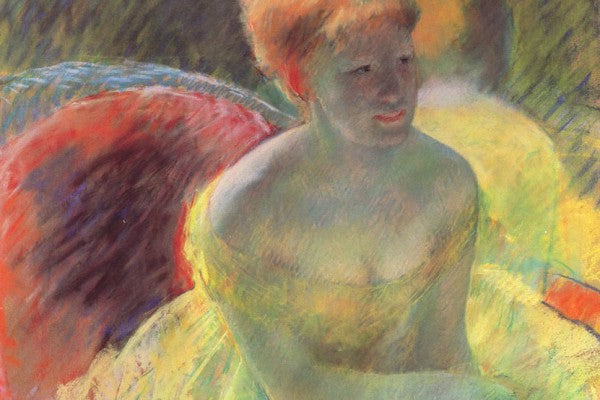Jesus Christ is arguably the most depicted figure in the history of Western art. His life, teachings, miracles, and passion have inspired artists for centuries, from the early days of Christianity to the modern era. Artists across movements like the Renaissance, Baroque, and Symbolism have sought to capture his divinity, humanity, and sacrifice. We invite you to explore some of the most famous paintings of Jesus.
Table of Contents
- 10. What is Truth? Christ and Pilate by Nikolai Ge (1890)
- 9. The Mocking of Christ by Matthias Grünewald (c. 1503)
- 8. Flagellation of Christ by Caravaggio (1607)
- 7. Crucifixion Scene by Albrecht Altdorfer (c. 1515)
- 6. The Virgin Mary Nursing the Christ Child by Hans Memling (c. 1490)
- 5. Yellow Christ by Paul Gauguin (1889)
- 4. The Transfiguration by Raphael (1520)
- 3. The Lamentation over the Dead Christ (Pietà) by Tintoretto (c. 1560)
- 2. The Resurrection of Christ (Isenheim Altarpiece) by Matthias Grünewald (c. 1515)
- 1. The Resurrection of Christ by Paolo Veronese (c. 1570)
10. What is Truth? Christ and Pilate by Nikolai Ge (1890)
Nikolai Ge\'s masterpiece is a profound psychological study of the famed biblical encounter. The artist uses a stark contrast of light and shadow to heighten the drama. A brightly lit Pontius Pilate, representing worldly power, stands in sharp opposition to Christ, who is cloaked in shadow, embodying spiritual truth. The painting masterfully captures the tension and the philosophical weight of the question, "What is truth?".

What is Truth? Christ and Pilate
Nikolai Ge
9. The Mocking of Christ by Matthias Grünewald (c. 1503)
A masterpiece of the Northern Renaissance, this work is known for its raw emotional intensity. Grünewald does not shy away from depicting the brutality of the scene. A blindfolded Christ endures the torments of his captors with a haunting serenity. The chaotic composition, contorted figures, and expressive use of color convey a powerful message about suffering, cruelty, and divine forbearance.

The Mocking of Christ
Matthias Grünewald
8. Flagellation of Christ by Caravaggio (1607)
Caravaggio, the master of Baroque drama, brings this violent moment to life with his signature tenebrism—the dramatic use of light and dark. Christ\'s illuminated body stands as a beacon of purity and suffering amidst the dark, muscular forms of his tormentors. The composition is cinematic, capturing a single, frozen moment of intense physicality and silent endurance that makes the viewer a direct witness to the event.

Flagellation of Christ
Caravaggio
7. Crucifixion Scene by Albrecht Altdorfer (c. 1515)
A key figure of the German Renaissance, Altdorfer places the Crucifixion within a vast, atmospheric landscape. The dramatic, stormy sky mirrors the turmoil and grief of the figures below. The emotional sorrow of the Virgin Mary and St. John at the foot of the cross is palpable. This work is a powerful example of the Danube school\'s emphasis on nature as an active participant in the biblical narrative.
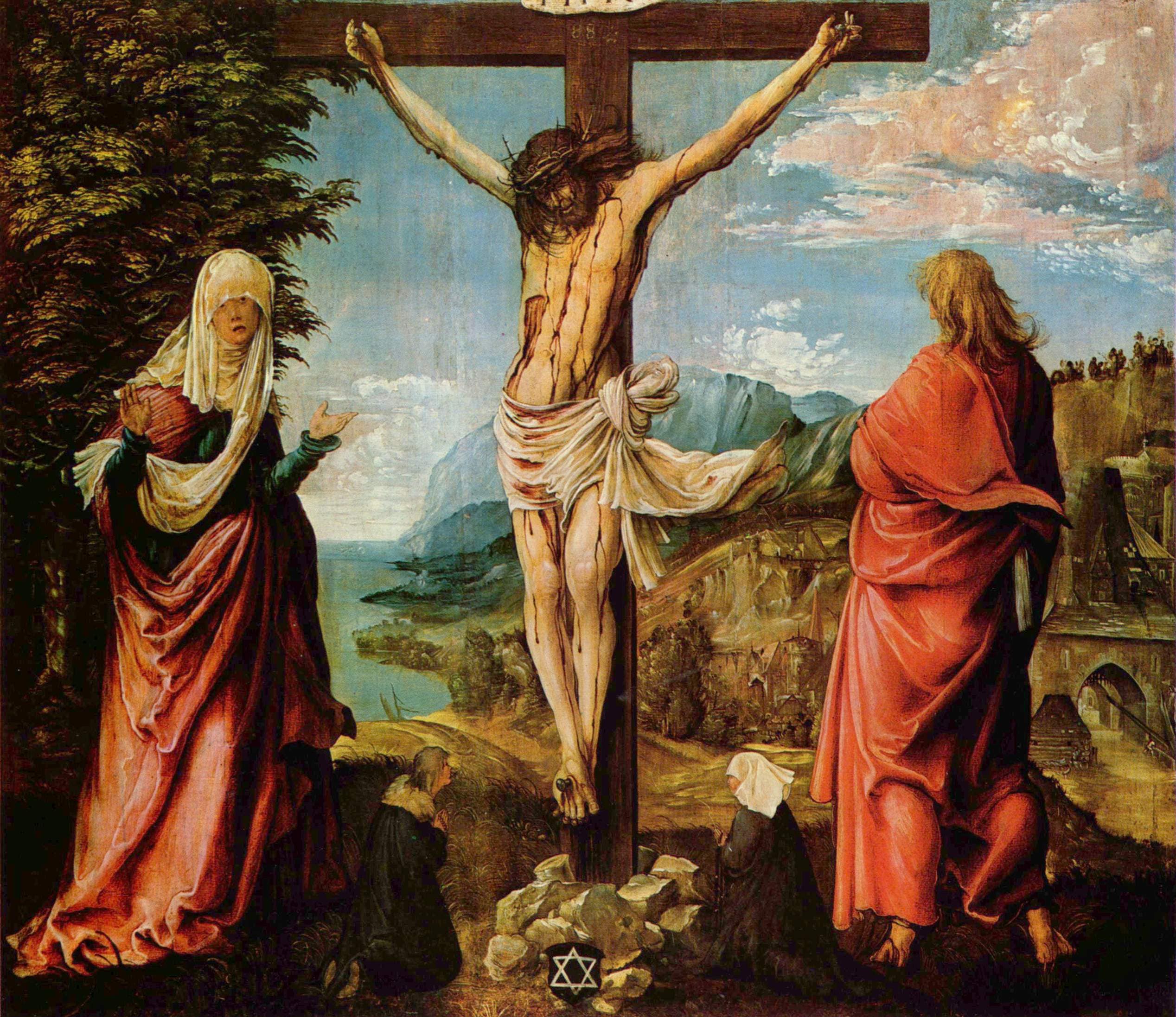
Crucifixion Scene, Christ on the Cross with Mary and John
Albrecht Altdorfer
6. The Virgin Mary Nursing the Christ Child by Hans Memling (c. 1490)
This painting is a beautiful example of the "Virgo Lactans" (nursing Madonna) theme, popular in the late Middle Ages and Renaissance. Hans Memling captures a moment of serene intimacy and profound humanity. The tender connection between mother and child is rendered with exquisite detail and soft, harmonious colors, emphasizing Christ\'s incarnation—his existence as both fully divine and fully human.

The Virgin Mary Nursing the Christ Child
Hans Memling
5. Yellow Christ by Paul Gauguin (1889)
A seminal work of Symbolism, Gauguin\'s "Yellow Christ" uses color to express spiritual emotion rather than to depict reality. The artist saw a crucifix in a chapel in Pont-Aven, Brittany, and reimagined the scene with a striking, non-naturalistic yellow for Christ\'s body, symbolizing the divine light. By placing the sacred event in a contemporary Breton landscape with praying peasant women, Gauguin connects the passion of Christ to the simple, enduring faith of the people.

Yellow Christ
Paul Gauguin
4. The Transfiguration by Raphael (1520)
Raphael\'s final masterpiece is a stunning narrative work that tells two stories at once. In the upper half, a radiant Christ is transfigured, floating in a cloud of divine light between the prophets Moses and Elijah. Below, in the earthly realm, his apostles struggle unsuccessfully to heal a possessed boy. The painting is a brilliant study in contrasts—divine serenity versus human chaos, light versus darkness—and is considered a pinnacle of High Renaissance art.

The Transfiguration
Raphael
3. The Lamentation over the Dead Christ (Pietà) by Tintoretto (c. 1560)
Known for his dramatic flair, Tintoretto captures the profound grief following the Crucifixion. This Pietà (a scene of Mary cradling the dead body of Christ) is filled with emotional intensity. The dynamic, diagonal composition draws the eye directly to Christ\'s lifeless form, while the figures surrounding him express their sorrow through dramatic gestures and expressions. The play of light and shadow adds to the scene\'s tragic and sacred atmosphere.
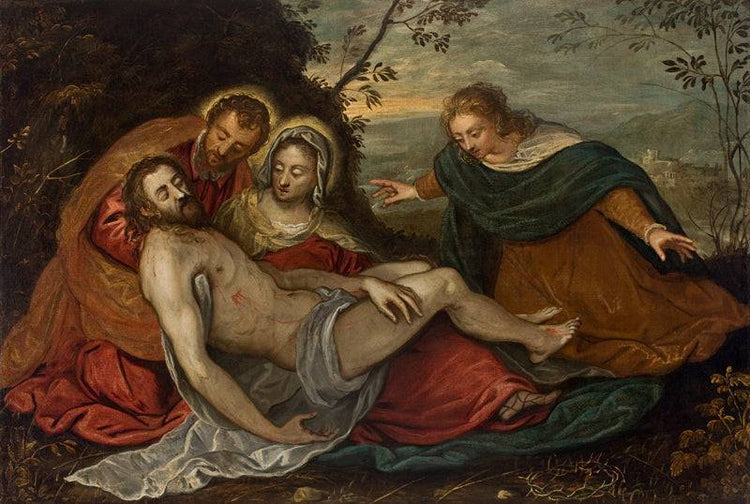
The Lamentation over the Dead Christ (Pietà)
Tintoretto
2. The Resurrection of Christ (Isenheim Altarpiece) by Matthias Grünewald (c. 1515)
In stark contrast to his dark and brutal depictions of the Crucifixion, Grünewald\'s "Resurrection" is an explosion of divine light and color. Christ doesn\'t simply walk from the tomb; he soars, weightless and transfigured, his body dissolving into pure energy. The Roman soldiers are thrown back by the force of this supernatural event. It is one of the most powerful and visionary depictions of the Resurrection in all of art history, a triumphant vision of life conquering death.

The Resurrection of Christ (Isenheim Altarpiece)
Matthias Grünewald
1. The Resurrection of Christ by Paolo Veronese (c. 1570)
Paolo Veronese, a giant of the Venetian School, presents the Resurrection with characteristic splendor and grandeur. This is not a somber scene, but a glorious and triumphant one. A powerful, muscular Christ ascends towards heaven, holding the banner of victory. The composition is dynamic, filled with movement, rich colors, and dramatic light. Veronese\'s work celebrates the event as the ultimate divine victory, a moment of cosmic celebration and the fulfillment of God\'s promise.

The Resurrection of Christ
Paolo Veronese
FAQs
-
Why is Jesus such a common subject in art?As the central figure of Christianity, the dominant religion in Europe for centuries, Jesus\'s life was the most important subject for artists. The Church was the largest patron of the arts, commissioning countless paintings and sculptures for churches, chapels, and private devotion.
-
How did the depiction of Christ change over time?Early Christian art often depicted Christ symbolically (e.g., as a shepherd). Over time, depictions became more humanized. The Gothic and Renaissance periods focused on his suffering and humanity, while the Baroque era emphasized dramatic, divine power.
-
What is the significance of the "Pietà" scene?"Pietà" (Italian for "pity") depicts the Virgin Mary cradling the dead body of Christ after the crucifixion. It is a deeply emotional subject, focusing on a mother\'s grief and the human cost of salvation.
-
What is an altarpiece?An altarpiece is a work of art, such as a painting or sculpture, that is set above and behind an altar in a Christian church. Grünewald\'s "Isenheim Altarpiece" is one of the most famous examples, with multiple painted panels that could be opened and closed.
-
What does the Resurrection symbolize in Christian art?The Resurrection is the cornerstone of Christian faith. In art, it symbolizes the ultimate triumph of life over death, Christ\'s divinity, and the promise of salvation and eternal life for believers.
-
Where can I see these famous paintings of Jesus?These masterpieces are housed in major museums across the world. For example, Raphael\'s "Transfiguration" is in the Vatican Museums, Caravaggio\'s "Flagellation" is in Naples, and Grünewald\'s "Isenheim Altarpiece" is in the Unterlinden Museum in Colmar, France.
-
What is tenebrism, as seen in Caravaggio's work?Tenebrism is a style of painting using extreme contrasts of light and dark, where darkness dominates the image and light is used to spotlight figures for dramatic effect. Caravaggio was a master of this technique, using it to create intense, realistic, and spiritual scenes.
Visit the art-and-see.com and get your handmade oil painting reproductions.
